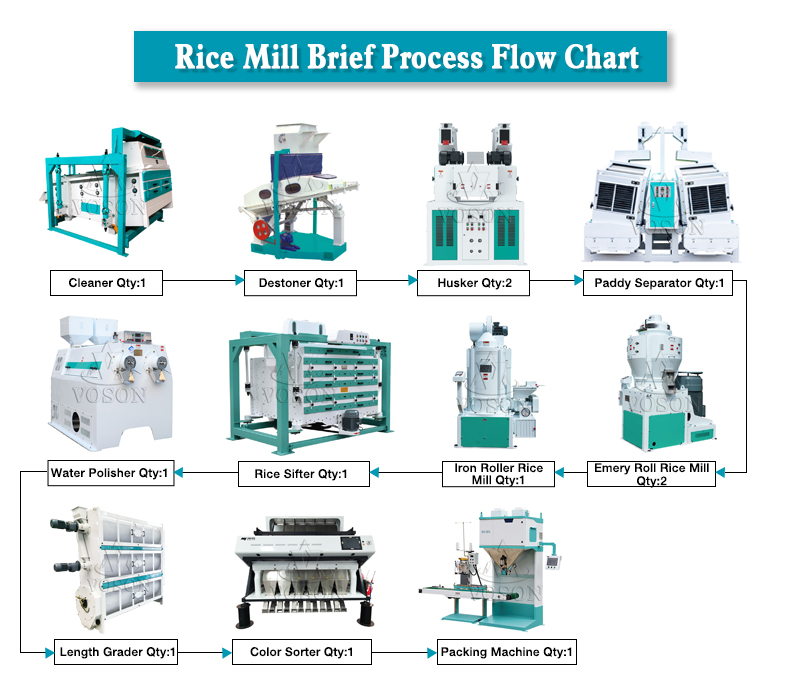Rice Processing Unit: Streamlining the Rice Production Process
Rice is a staple food for millions of people around the world. With the increasing demand for rice, the rice processing industry has become one of the fastest-growing industries. The rice processing unit can process rice into finished products. The process involves cleaning, hulling, milling, grading, and packaging of rice. In this article, we will discuss rice processing units and their importance in the rice industry.
Introduction to Rice Processing Unit
The rice processing device can process rice from raw rice to finished rice. It consists of different machines and equipment used to perform various processes involved in rice processing. The processes involved in rice processing include cleaning, hulling, milling, grading, and packaging.
The first step in the rice processing unit is cleaning. The raw paddy is cleaned to remove any impurities such as stones, dust, and other foreign matter. This is done using a cleaner machine that separates the impurities from the raw paddy.
Hulling
After cleaning, the next step is hulling. The hulling machine removes the outer husk of the rice grain. The hulled grain is called brown rice.
Milling
The brown rice is then passed through the milling machine. This process removes the bran layer from the brown rice to produce white rice. The milling machine uses different techniques such as abrasive and friction to remove the bran layer.
Grading
After milling, the rice is graded according to its size and quality. The grading machine separates the rice into different grades based on the size and quality of the rice grains.
Packaging
The final step in the rice processing unit is packaging. The packaged rice is ready for distribution and consumption.
Importance of Rice Processing Unit
Rice processing units are essential in the rice industry as they help in the production of high-quality rice products. They help in removing impurities and husk from the rice, which can affect the quality and taste of the rice. Rice processing units also help in improving the shelf life of rice products.
Rice processing units also play a significant role in the economic development of countries that produce rice. The rice industry provides employment opportunities for millions of people worldwide, from farmers to workers in the processing units. The industry also contributes to the country's GDP and foreign exchange earnings.
Conclusion
In conclusion, rice processing units are essential in the rice industry. They play a vital role in the production of high-quality rice products and contribute to the economic development of countries that produce rice. The processes involved in rice processing, such as cleaning, hulling, milling, grading, and packaging, are crucial in producing quality rice products. As the demand for rice continues to grow, the rice processing industry will continue to play a vital role in ensuring the availability of high-quality rice products.

